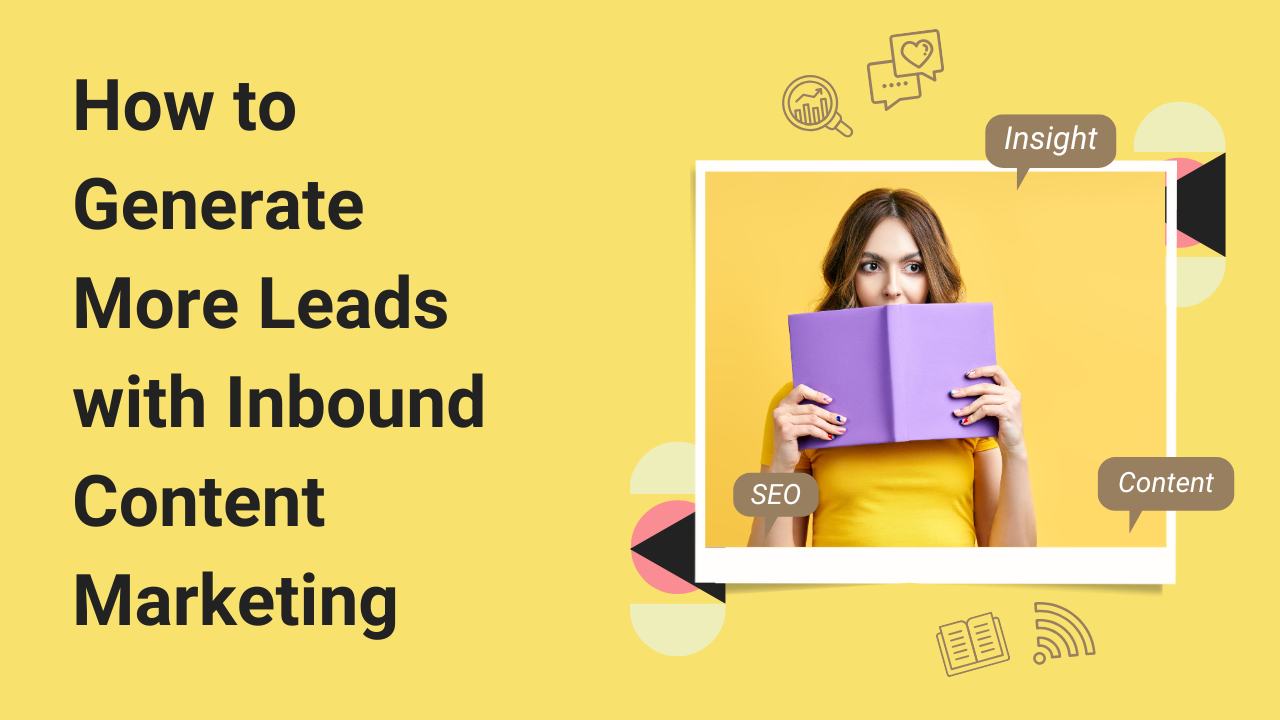- The keyword internet has become the backbone of a successful SEO and content marketing strategy. Whether you are just starting out in the field of SEO or are an experienced marketer, understanding what keyword intent is can create a huge difference. A significant understanding of keyword intent will make your page generate more clicks and convert visitors into customers. You can also follow an effective content marketing guide to understand how to optimize your content for better keyword intent. Furthermore, you can also apply insights from an effective keyword research guide or use SEO professional services, which help businesses to align their content with user needs.

What is keyword intent?
- Keyword intent is also known as search intent or user intent and refers to the purpose or goal behind the search query of a user. It showcases what the user wants to accomplish by entering a specific phrase into a search engine, like looking for initiation, finding a specific website, making a purchase, or comparing options. In the field of SEO, keyword intent stands for the underlying motivation of a user when they perform a specific search. For example, if a user searches for “how to fix a leaky faucet”, he is looking for instructional content, whereas “plumber near me” showcases a clear intent to hire a professional plumber.
Why is keyword intent significant for conversions?
- Keyword intent is significant for conversions as it ensures that the marketing efforts attract qualified visitors, those who are more than likely to take the desired actions, like making a purchase, requesting a quote, or signing up. Aligning content and campaigns with the search intent of a user creates more targeted engagement, better conversion rates, and relevance.
- When brands understand and target keyword content, they align their website’s content with the actual needs of the users. For instance, if someone is searching for “buy CRM software”, they are ready to make a purchase, whereas “what is a CRM” is a learning query. By focusing on high-intent keywords, you will be able to filter out the irrelevant traffic and attract users who are ready to be converted, which gives better ROI.
- Furthermore, pages that match the user intent attain high click-through rates as they provide exactly what users are searching for. As per DashClicks, the best search results usually have a CTR of approximately 27.6%, which is majorly influenced by alignment with intent. Matching search intent also reduces bounce rates, and visitors stay for a longer duration when pages offer what users are looking for.
Types of keyword intent
- There are mainly four types of keyword intent, these are:
Navigation intent
- Navigation searches take place when users want to reach a specific website or online platform. They already know the brand or page they are looking for, like “YouTube login”, “Semrush blog”, “Facebook”. These keywords typically have low commercial value but offer strong brand awareness potential.
Transactional intent
- Transactions keywords showcase that the user is ready to take an action (purchase, down, or subscribe). These searches usually include terms such as “purchase”, “coupon”, “free trial”, and “order”. For instance, if a user is searching for “purchase iPhone 16” or “sign up for Facebook”, then they are at the final stage of the conversion funnel.
Informational intent
- This consists of those searches where users are looking to obtain knowledge, explanations, or answers to their questions. These queries usually start with “how to”, “tips for”, or “why”, like “how to create a website”, “benefits of drinking green tea”. The goal of informational intent is to gain knowledge, and not to make a purchase.
Commercial intent
- Commercial intent lies between informational and transactional. Users want to make a purchase, but they are still comparing options. Quizzes usually include “best CRM software”, or “top SEO tools”. These searches show the buying interest but not the immediate purchase interest.
How to optimize content for different keyword intent
- Here is how to optimize content for different keyword intents:
Informational intent
- You need to create detailed content that explains, educates, and answers all the questions of the users effectively. You can use how-to guides, long-form articles, infographics, and FAQs to effectively address the topic. Furthermore, you can also include recent data, examples, along with step-by-step instructions to establish authority and relevance.
Transactional content
- Your product or service pages should be designed strongly and offer clear calls to action (CTAs) such as “buy now”, “get a quote”, and “sign up”. Make sure that your website has smooth navigation and checkout processes. You can also incorporate user reviews, pricing, detailed specs, and special offers.
Commercial intent
- Provide content that helps in the decision-making process, such as product comparisons, case studies, reviews, and buying guides. You can also highlight features, pros, and cons, along with real-world use cases in order to support evaluation. Furthermore, by adding interactive elements like comparison tables and calculators, you can keep the users engaged.
Navigational intent
- Make sure that your website and landing pages are effectively optimized for branded searches and direct navigational queries. You can also improve site navigation, internal linking, and maintain strong brand signals, use clear labels by optimizing meta titles and descriptions for brand names.
Common mistakes in targeting keyword intent
Ignoring search intent
- This is one of the most common and critical mistakes that marketers make. When you focus too much on search volume or keywords, without taking into consideration what users are looking for in those terms. For instance, targeting “how to clean Puma shoes”, with sales content misses the informational intent behind this query, which leads to poor engagement.
Using a keyword nobody searches for
- Sometimes, if your keyword is too niche, long-tail, or uses language that your target audience does not use. Then, it will lead to targeting irrelevant or even low-traffic keywords that do not bring any meaningful visitors to your website.
Not segmenting keywords by intent
- If you are combining different intent keywords into one single campaign or page, then your message will be confused. This will further dilute the relevance of your page. For best results, keywords should be effectively segmented by intent and matched with personalized messaging and landing pages.
Targeting the wrong content type
- Each keyword intent responds to a different type of content. Creating a sales page for informational keywords or an article for transactional keywords will create a mismatch that search engines can easily detect. This will reduce your ranking on SERPs and conversions.
Conclusion
- Effective understanding of keyword intent has become one of the most powerful ways to turn your SEO strategy into conversions. By recognizing what users want and creating content that fulfills those needs, you will make your brand go beyond traffic generation to effective engagement and sales.
- This is where Pentra SEO services steps in; our team specializes in recognizing and targeting the right keyword intent for your business. From detailed keyword evaluation and content strategy to tracking website performance and conversion optimization. Our team at Pentra SEO Services provides end-to-end solutions.
- Contact us, and our team will get back to you within 24 hours.





